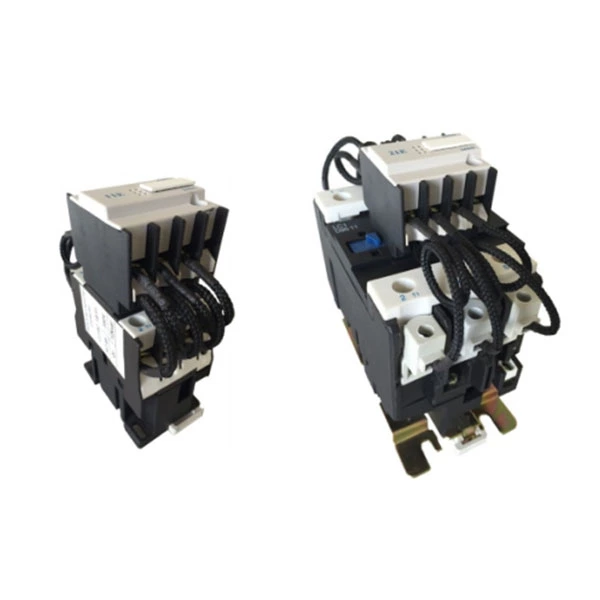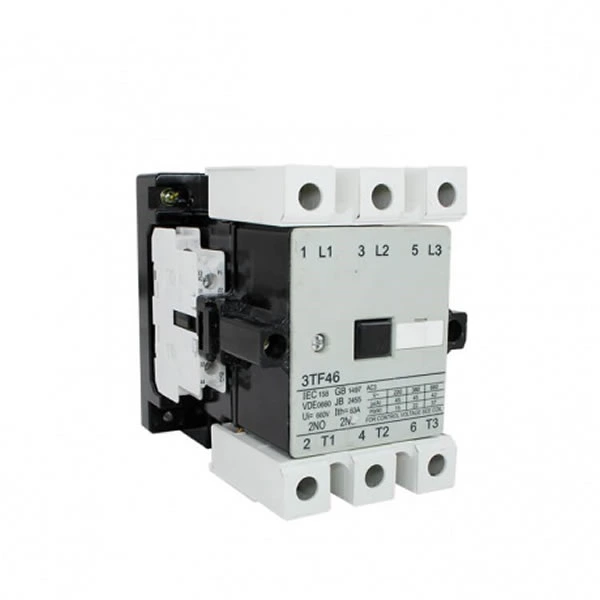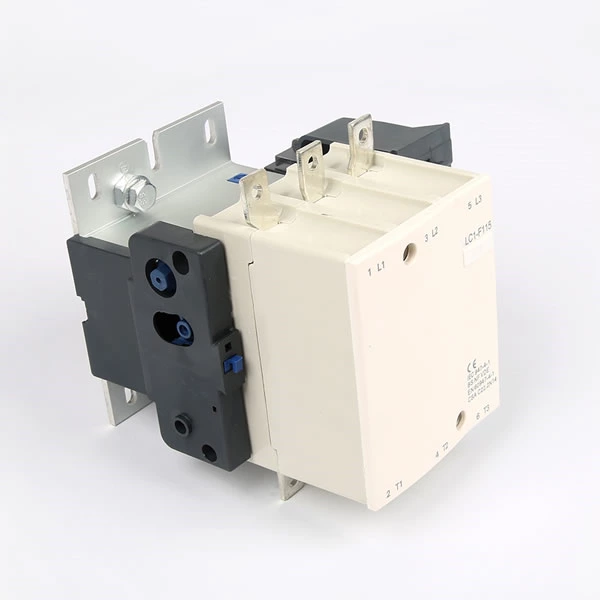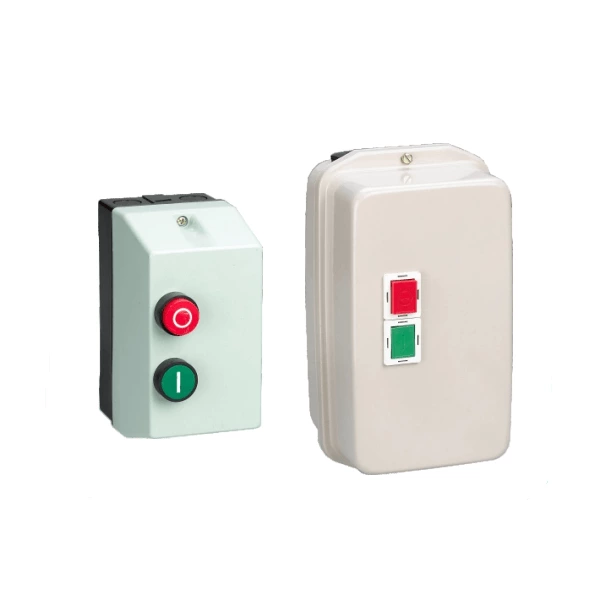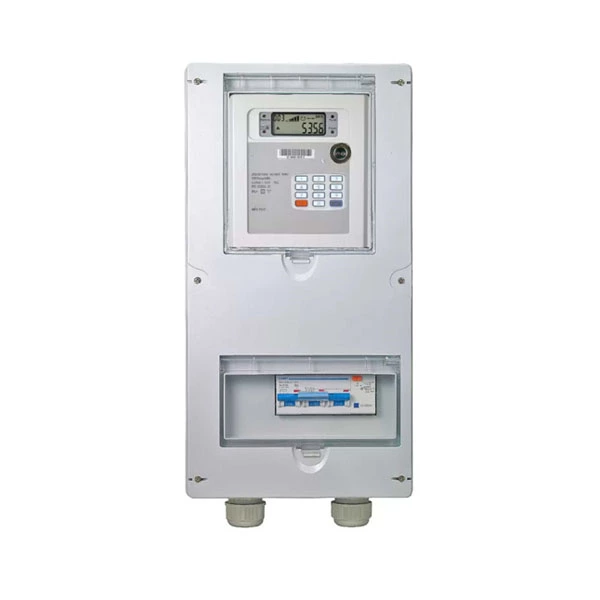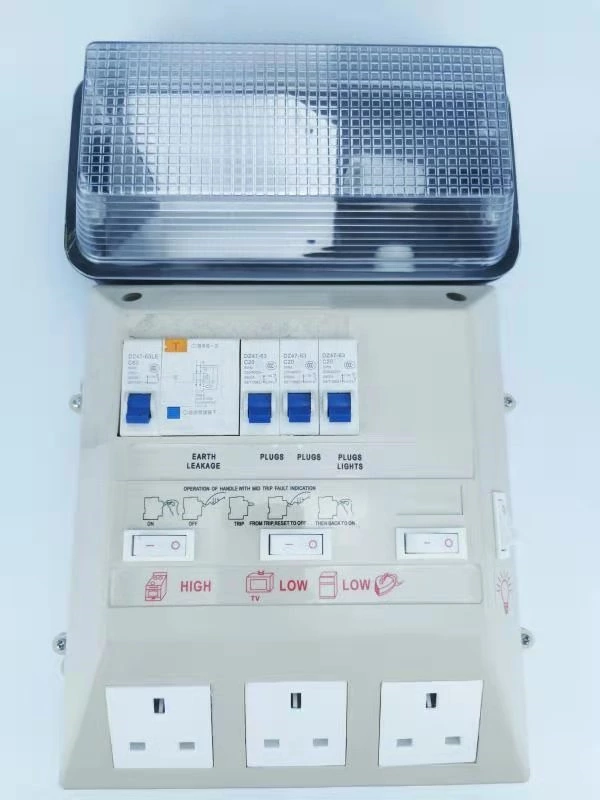Intelligent control technology of CJX2 AC contactor
At present, with the development of society, the development of scientific skills in China has also made great progress. Contactors are widely used in the automatic control of electrical equipment. They are mainly used to connect and break communication circuits. They can also cooperate with relays to achieve the purpose of long-distance control of electrical equipment. Therefore, the functional indicators of contactors will affect the stability and reliability of automatic control system and power system operation. As the contactor needs frequent closing and opening operation, if it does not have enough service life and reliability, it will suddenly have a failure in use, which will make the production line or control equipment stop running, forming unnecessary economic losses. The traditional electromagnetic AC contactor has the advantages of simple operation, simple structure and mature skills, but there are still many deficiencies. On the one hand, the electromagnetic system is generally controlled by communication power supply. The communication power supply makes the iron core alternating magnetization, and then produces oscillation and noise. Together, the alternating magnetization of iron core will produce eddy current loss and hysteresis loss.
Aiming at the problems of traditional contactors, the intelligent control skill of contactors is to improve the dynamic characteristics and functional indicators of contactors by adding control modules. This paper mainly summarizes the current situation of AC contactor intelligent control skills, and discusses the advantages and disadvantages of each control strategy. After analysis, it can be found that with the development of computer control skills and electronic skills, the intelligent control skills of contactors are more and more abundant. In view of the mechanical dispersion of dynamic characteristics of contactors, the closed-loop control skills can better overcome these problems.
importance
Because CJX2 AC contactor works in the pull-in stage most of the time, it produces a great waste of energy, and the excess energy also leads to the aggravation of coil heating, which affects its life. On the other hand, in the pull-in process, the traditional AC contactor can not effectively control the electromagnetic suction, and the cooperation between the suction and reaction characteristics can not reach the best. If the suction is less than the reaction force, the contactor may not be reliably closed, the contact and the iron core will vibrate, and the contact will be burned. If the suction force is much greater than the reaction force, the dynamic contacts and dynamic cores will collide violently when they are closed. When the power grid voltage shakes, the traditional contactor can't make adjustment when the contactor is in overvoltage and undervoltage operation, which will lead to abnormal operation, oscillation and severe burning loss of the contactor. In view of the above problems, combined with modern computer control skills and power electronics skills, reasonable equipment in the electromagnetic mechanism suction characteristics and reaction characteristics, coil excitation from the communication power control to DC power control, as well as the closing phase angle phase selection closing control are discussed, which can effectively improve the function index of AC contactor
Common faults of CJX2 AC contactor
Whether it is industrial production equipment or household appliances, in the internal and external environment, the formation of AC contactor coil burning, excessive noise during operation, contactor does not pull in, contactor power loss does not release and other phenomena are common in daily life. (1) Contactor power failure: the main reason is that the coil voltage is not supplied, or the low voltage leads to the coil open circuit, the tension spring aging strength is not good, or the iron core is jammed and other reasons. (2) Excessive noise of AC contactor during operation: for example, the contact surface of contactor iron core is not flat, the control voltage is too low, the tension spring of contact is not strong or displaced, etc. (3) Contactor coil burning: for example, the external power supply connected to the contactor coil voltage or frequency and other additional scale do not match the contactor, or the scale may fluctuate greatly, or the coil may be burned on the high or low side.
